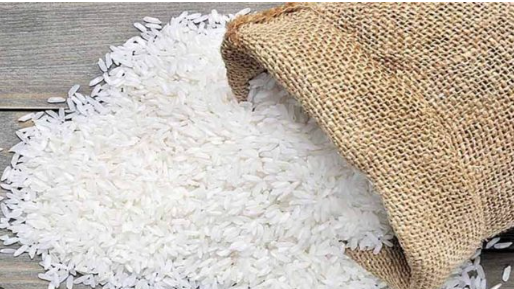

The government has allowed duty-free importation of 500,000 metric tonnes of Grade 1 Milled White Rice by December 31, 2025.
In a Kenya Gazette notice dated July 28, 2025, National Treasury Cabinet Secretary John Mbadi noted that the rice will be subject to food safety standards and certification.
“It is notified for the general information of the public that, pursuant to section 114 (2) of the East African Community Custums Management Act, 304, as read with item 20 of Part I of the Fifth Schedule to the Act, the Cabinet Secretary for the National Treasury and Economic Planning, upon recommendation by the Cabinet Secretary for Agriculture and Livestock Development, directs that 500.000 metric tonnes of Grade 1 Milled White Rice be imported into Kenya duty free on or before the 31st December, 2025,” the notice read in part.
The notice said each consignment of the rice shall be in accordance with international and Kenyan standards on food/rice, and shall be accompanied by a Certificate of Conformity issued by the Kenya Bureau of Standards.
Rice is generally categorised by its length, colour and how it has been processed.
Milled white rice is rice that has had the husk, bran, and germ removed through a milling process.
This process results in a bright white, polished grain with a softer texture and milder flavor, but also a lower nutritional value compared to brown rice.
While milled white rice is easier to cook and has a longer shelf life, it's less nutritious than brown rice because of the nutrient loss during milling.
Kenya is a significant importer of rice. In 2023, Kenya imported 937,098 tonnes of rice, spending Sh54.7 billion, to meet its domestic demand, according to media reports.
This is despite the country also producing rice, with local production falling far short of the total demand.
In February, Principal Secretary for Irrigation, Ephantus Kimotho, announced that Kenya will stop the importation of rice in 2032 once all the ongoing irrigation projects are complete.
The country has an estimated annual rice deficit of 770,000 metric tonnes with the growing appetite for the popular staple by households far outweighing local production.
Data from the Kenya National Bureau of Statistics (KNBS) shows that Kenya's annual rice consumption is over one million metric tonnes, while the production capacity is approximately 230,000 metric tonnes.
















